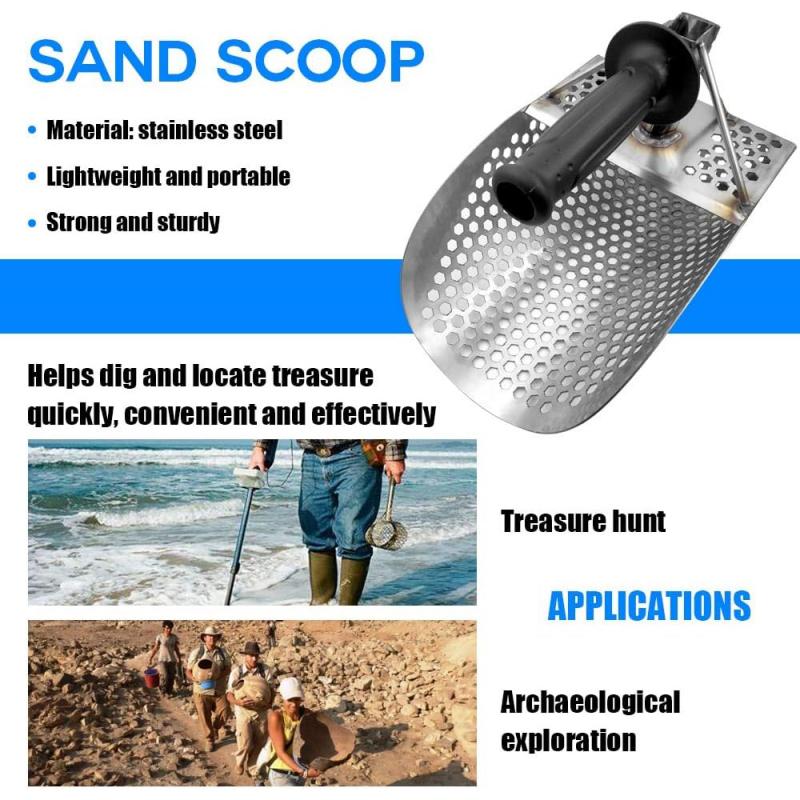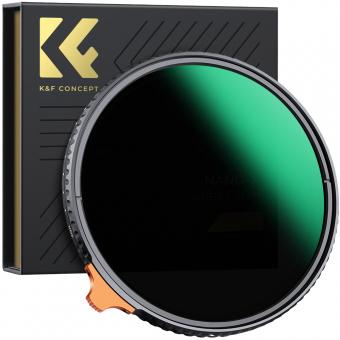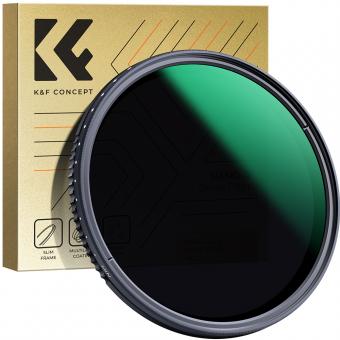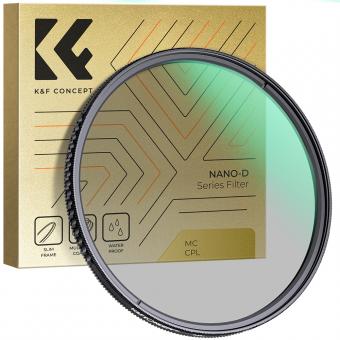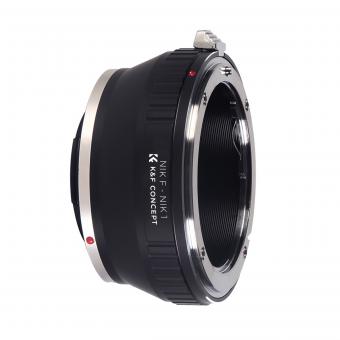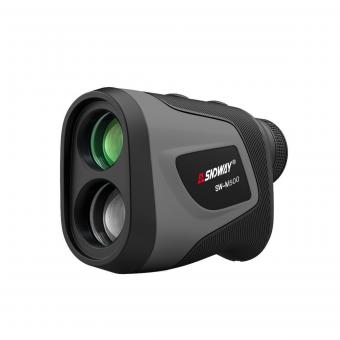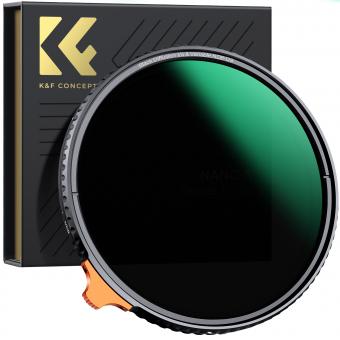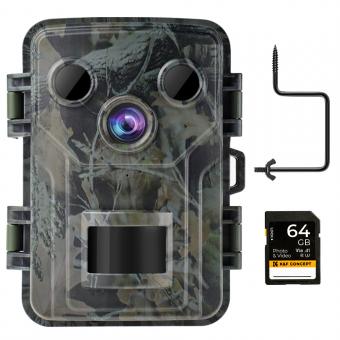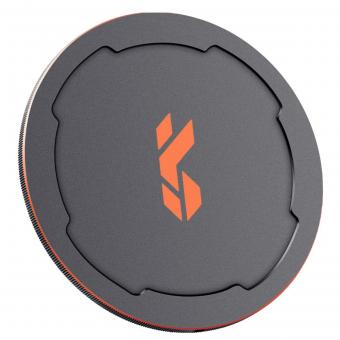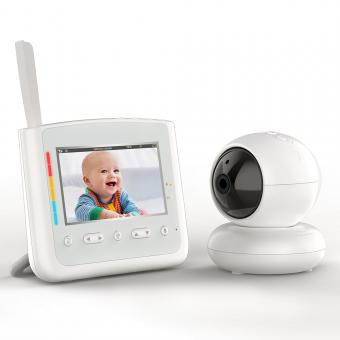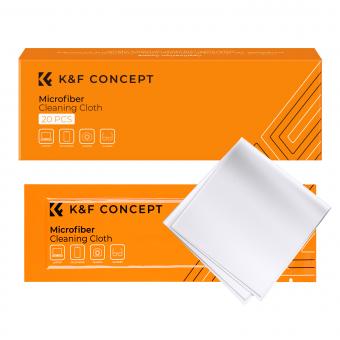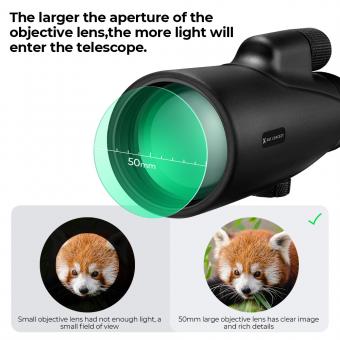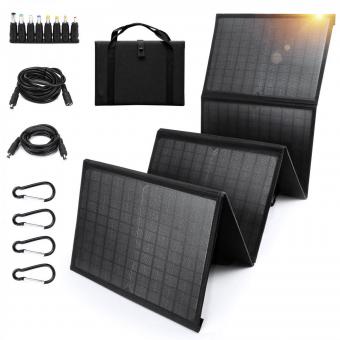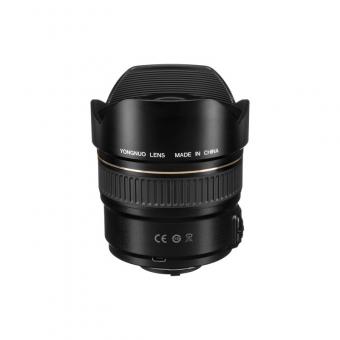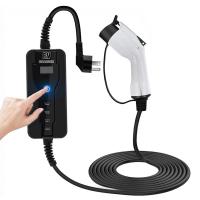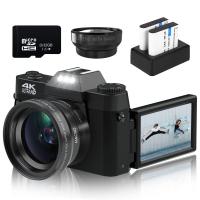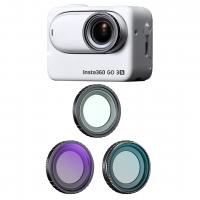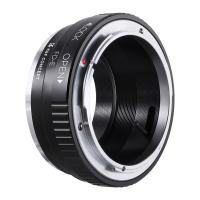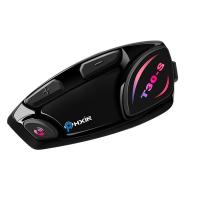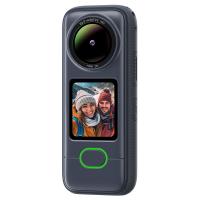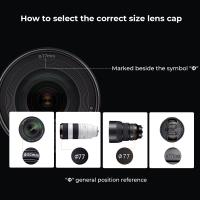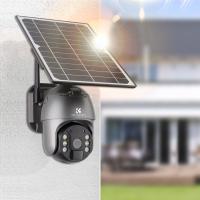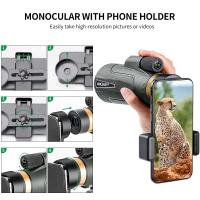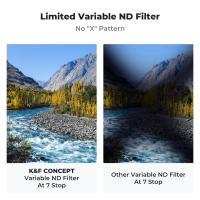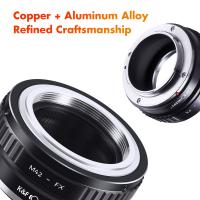Tool That Can See Through Walls ?
A tool that can see through walls is commonly known as a wall scanner or a stud finder. These devices use various technologies such as radar, thermal imaging, or electromagnetic waves to detect objects behind walls. Wall scanners are commonly used by construction workers, electricians, and plumbers to locate studs, pipes, and wires behind walls before drilling or cutting. They can also be used by law enforcement agencies for surveillance purposes. However, it is important to note that the use of such devices may be restricted by law in certain jurisdictions, and privacy concerns may arise if used without consent.
1、 Ground-penetrating radar
A tool that can see through walls is known as ground-penetrating radar (GPR). It is a non-destructive geophysical method that uses radar pulses to image the subsurface. GPR can detect objects and structures buried beneath the ground, including pipes, cables, and even archaeological artifacts. It is commonly used in construction, engineering, and environmental applications.
The latest point of view on GPR is that it is becoming more advanced and accessible. New technologies are being developed to improve the resolution and accuracy of GPR data. For example, multi-frequency GPR systems can provide more detailed information about the subsurface, while 3D GPR imaging can create a more comprehensive picture of buried structures.
In addition, GPR is becoming more portable and user-friendly. Handheld GPR devices are now available, making it easier for field technicians to collect data in remote or hard-to-reach locations. Software tools are also being developed to help interpret GPR data and create 3D models of subsurface structures.
Overall, GPR is a valuable tool for non-destructive subsurface imaging. As technology continues to advance, GPR will become even more useful for a wide range of applications, from construction and engineering to archaeology and environmental monitoring.
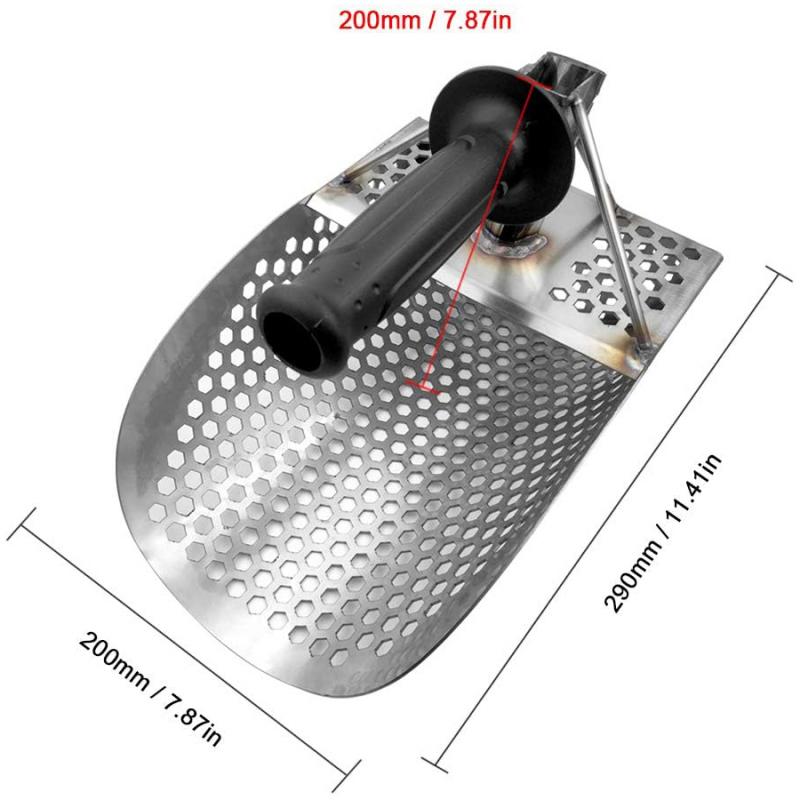
2、 Infrared thermography
The tool that can see through walls is infrared thermography. This technology uses infrared radiation to detect and measure the temperature of objects and surfaces. By analyzing the temperature patterns, infrared thermography can create images that reveal hidden structures and objects behind walls.
Infrared thermography has been used in a variety of fields, including construction, electrical engineering, and medicine. In construction, it can be used to detect heat loss and air leaks in buildings, as well as to identify areas of moisture and mold growth. In electrical engineering, it can be used to detect hot spots in electrical systems, which can indicate potential failures or safety hazards. In medicine, it can be used to detect changes in blood flow and tissue temperature, which can help diagnose conditions such as breast cancer and arthritis.
Recent advancements in infrared thermography have made it more accessible and affordable, allowing it to be used in a wider range of applications. For example, some smartphones now have built-in infrared cameras that can be used for basic thermography. Additionally, new software and algorithms have been developed to improve the accuracy and resolution of infrared images.
However, it is important to note that infrared thermography has limitations and should not be relied upon as the sole method of detecting hidden objects or structures. Other tools and techniques, such as X-ray imaging and ground-penetrating radar, may be necessary in certain situations.

3、 Microwave imaging
The tool that can see through walls is Microwave imaging. Microwave imaging is a non-invasive imaging technique that uses low-power microwave signals to create images of objects or structures that are hidden behind walls or other obstacles. This technology has been used in a variety of applications, including medical imaging, security screening, and geological exploration.
Microwave imaging works by sending microwave signals through the wall or obstacle and measuring the reflections that bounce back. These reflections are then used to create an image of the hidden object or structure. The technology is particularly useful for detecting objects that are hidden from view, such as weapons or contraband, and for identifying structural defects in buildings or other structures.
Recent advances in microwave imaging technology have led to the development of more sophisticated systems that are capable of producing high-resolution images with greater accuracy and detail. These systems use advanced algorithms and signal processing techniques to filter out unwanted noise and interference, and to enhance the quality of the images produced.
Overall, microwave imaging is a powerful tool that has the potential to revolutionize a wide range of industries and applications. As the technology continues to evolve and improve, we can expect to see even more exciting developments in the years to come.

4、 Ultrasonic imaging
The tool that can see through walls is Ultrasonic imaging. Ultrasonic imaging is a non-invasive imaging technique that uses high-frequency sound waves to produce images of internal structures. It is commonly used in medical imaging to visualize internal organs and tissues, but it can also be used to see through walls.
Ultrasonic imaging works by sending high-frequency sound waves into the object being imaged. These sound waves bounce off the internal structures of the object and are then detected by a receiver. The data from the receiver is then processed to produce an image of the internal structures.
In recent years, there have been advancements in ultrasonic imaging technology that have made it possible to see through walls with greater accuracy and detail. For example, researchers have developed a technique called "time-reversal imaging" that uses multiple transducers to create a 3D image of the object being imaged.
Ultrasonic imaging has many practical applications beyond medical imaging. It can be used to inspect buildings for structural damage, to detect leaks in pipes and tanks, and to locate objects hidden behind walls. It is also being used in the development of autonomous vehicles, where it can be used to detect obstacles and navigate in low-visibility conditions.
Overall, ultrasonic imaging is a powerful tool that has many applications in a variety of fields. As technology continues to advance, we can expect to see even more innovative uses for this technology in the future.
